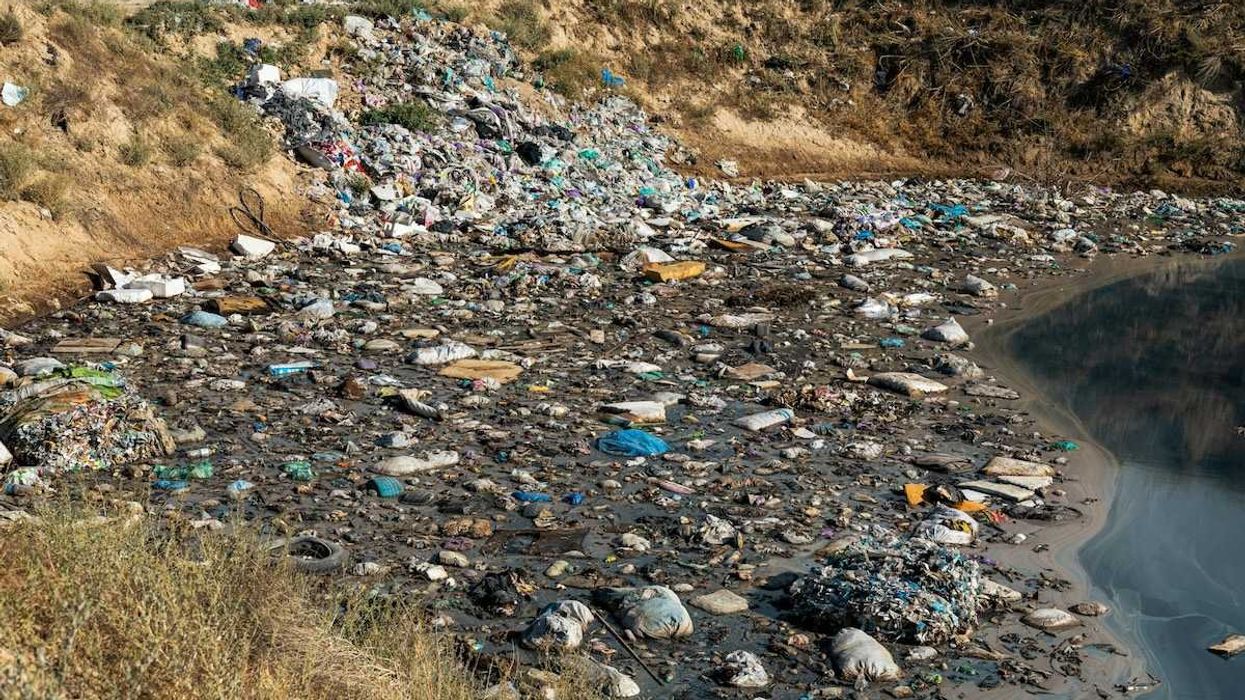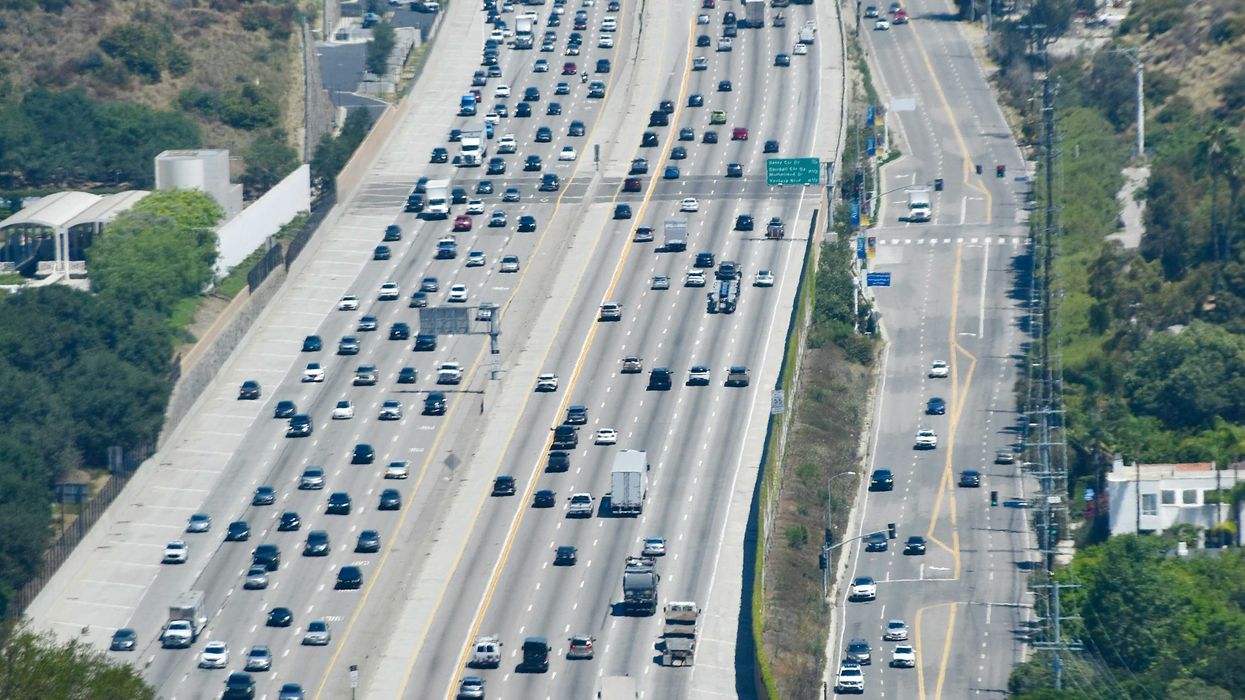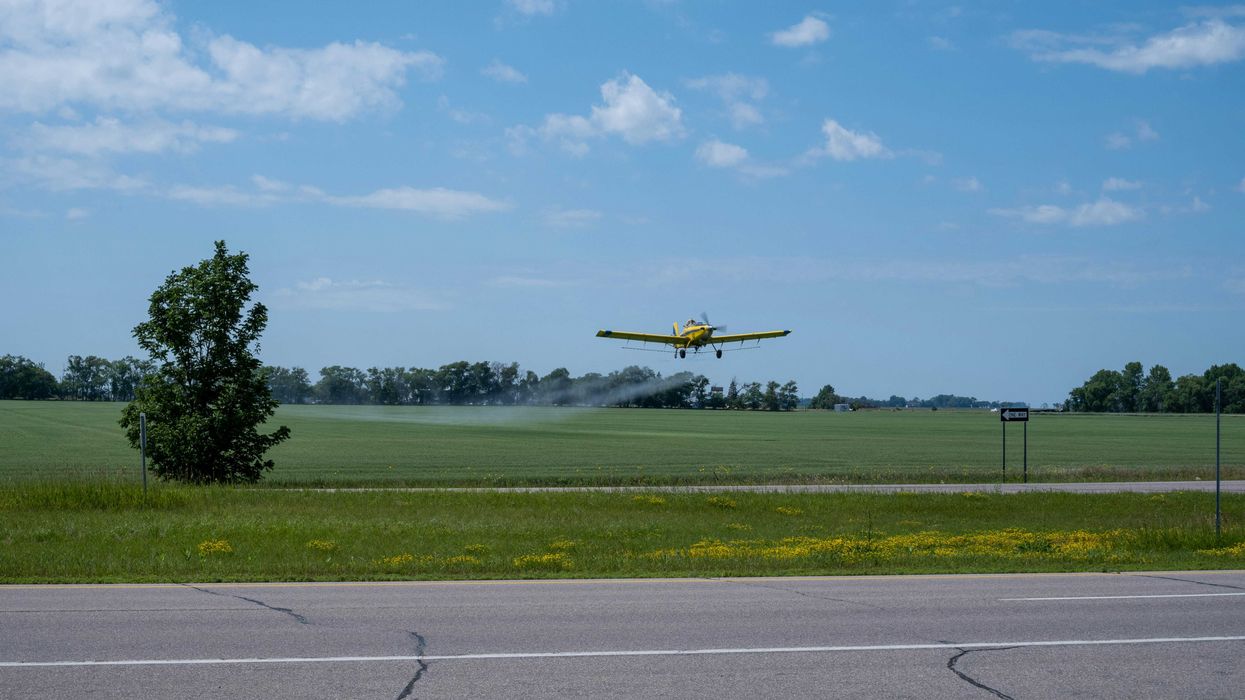"We find no defensible or consistent basis provided by the agencies for the decision to exclude what amounts to the largest category of benefits from the 2017 ruling."
The Supreme Court on Wednesday takes up the Waters of the U.S. Rule, finalized in 2015 by the U.S. Environmental Protection Agency and the U.S. Corps of Engineers. The ruling expanded the number of waterways subject to the Clean Water Act, largely by including wetlands.
Critics called that overreach, and in February President Donald Trump ordered a review of that 2015 "WOTUS" ruling. In June, the agencies proposed rescinding the rule.
Both 2015 and 2017 rulings underwent a cost-benefit analysis. Both looked at largely the same data. Both ended up at totally opposite conclusions. The reason? The 2017 analysis concluded that upwards of $500 million in benefits gained by protecting wetlands couldn't be quantified and thus were worth exactly $0.
Earlier this week in Science, Kevin Boyle, Matthew Kotchen and V. Kerry Smith at Virginia Tech, Yale University and Arizona State University respectively, took a look at those dueling analyses. Their conclusion: the cost-benefit framework need more scientific rigor and structure. You can't, for instance, say research before 2000 showing the benefits of wetlands is too old while also citing 1983 data on the benefits of point-source pollution.
But what they really offer is yet another example of how you can get whatever you want when you cherry pick your data.
- United States Environmental Protection Agency | US EPA ›
- United States Environmental Protection Agency - Wikipedia ›
- E.P.A. Chief's Calendar: A Stream of Industry Meetings and Trips ... ›
- Clean Water Act, WOTUS ›
- Waters of the United States (WOTUS) Rulemaking | US EPA ›
- The Waters of the United States (WOTUS) Rule, a.k.a. the Clean ... ›
- The WOTUS Rule: Overdue Necessity Or Unnecessary Overburden? ›
- WOTUS and the Reach of CWA Jurisdiction ›
- #wotus hashtag on Twitter ›















